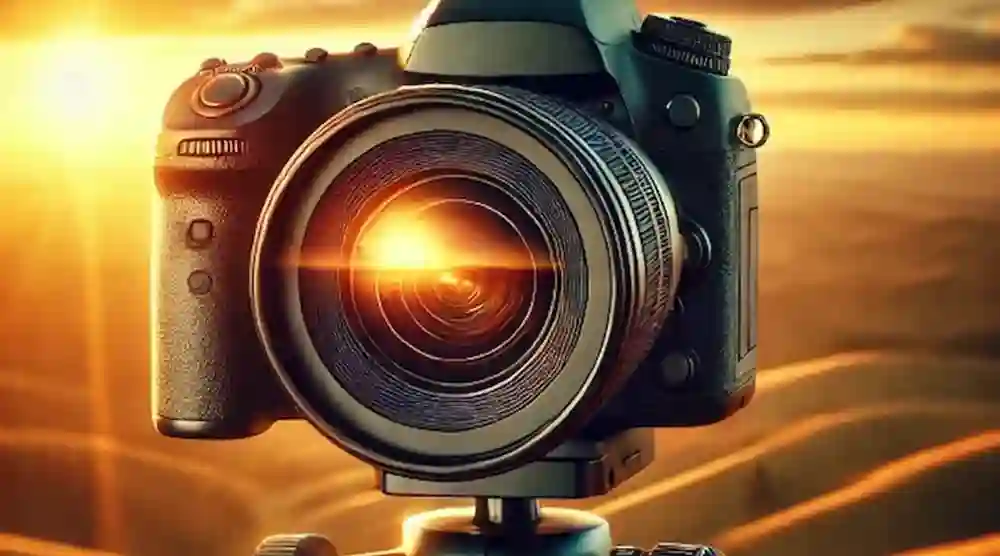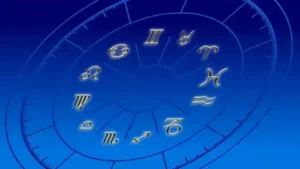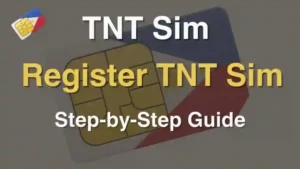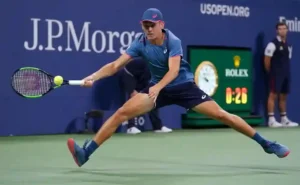Understanding Photeeq Lens Flare – In-Depth Guide Explained

Okay, let me start by admitting it: the first time I heard about Photeeq lens flare, I had no idea what I was getting into. It sounded like one of those terms only serious photographers use—like ISO or aperture. But once I dove in, I realized lens flare is a huge part of creating both breathtaking and sometimes frustrating photos. So, if you’re into Photeeq depth of field, Photeeq landscape photography, or Photeeq wildlife photography, you’ll definitely want to understand what lens flare is, how it happens, and why it can either make or break your shot. Trust me, this is one of those things you’ll want to get right—or at least mostly right.
What the Heck Is Photeeq Lens Flare?
At its core, Photeeq lens flare is the rainbow-colored mess (or sometimes, the awesome mess, depending on your perspective) that pops up when light bounces around inside your camera lens. Think of it like a weird optical hiccup. The light from a bright source—say, the sun, streetlights, or even the occasional flashlight that your dog chewed through—reflects off the glass elements inside the lens and causes some crazy patterns. If you’re lucky, it’ll look like the “good” kind of lens flare, like you’re capturing the golden hour in all its glory. If you’re unlucky, you’ll get streaks or blobs that make your photos look like a blurry mess.
I’ll admit it—I didn’t get the whole “lens flare thing” at first. My first real encounter with it was during a sunset shoot. I was standing there, camera in hand, thinking I was gonna get that perfect shot of a mountain range bathed in warm golden light. And then, BAM. Lens flare. Suddenly, it looked like the sun was exploding right in front of me. But here’s the kicker: I could either curse it or embrace it. Spoiler alert: I embraced it.
Why Does Lens Flare Happen?
So, why exactly does this happen? You don’t want to hear me talk about the technical nitty-gritty of light reflections and refracted photons and all that, right? Yeah, me neither. But the gist of it is this: light enters your lens at an angle and bounces off the internal glass elements (think of them like the mirrors in a funhouse, but for light). Depending on the angle and the type of lens you’re using, this causes strange patterns to appear in your photo.
Now, it’s not all bad. I mean, I’ve seen some incredible shots where Photeeq lens flare actually adds character, drama, and sometimes a touch of magic. But if you’re shooting Photeeq wildlife photography, where you need that razor-sharp focus on your subject, you might not want that bright streak creeping into the frame. Trust me, you don’t want to blur the face of a lion mid-roar.
The Different Types of Photeeq Lens Flare
So there’s more than one kind of Photeeq lens flare. It’s not just random streaks—nope, it’s a whole palette of light weirdness. Here are the big ones I’ve had the pleasure of encountering:
- Ghosting: Imagine this: you’re shooting a sunrise over a lake, the colors are perfect, but then—boom—there’s a faint duplicate of the sun in your shot. Ghosting. It’s like the light is having an identity crisis, showing up twice. Fun fact: I once spent 20 minutes trying to figure out why my sunset shot looked like a double exposure. Turns out, it was just ghosting. Great.
- Streaks and Starbursts: This one is like a mini light show. The light reflects off the lens elements, creating lines or streaks that extend out from the light source. Think of the sun setting over the horizon, and those rays stretching across your shot. It can look wicked if you want that dramatic, cinematic feel. But…if you’re trying to take a clean, sharp shot of, say, a squirrel mid-action in Photeeq wildlife photography, you might be in trouble.
- Circular Flares: These guys are pretty self-explanatory—circular shapes that appear around the light source. I’ve had these show up during early morning shoots where the sun is right there in the frame, just blazing. I once got a series of perfect circles around a lamp in an urban scene. It was like something out of a sci-fi movie. Not exactly what I was going for, but hey, it was kind of cool.
- Veiling Glare: So this one’s sneaky. Veiling glare doesn’t show up as a bold, in-your-face streak. Instead, it’s more like a subtle haze that dulls the entire image. Everything looks soft and washed out. I had this happen once while photographing a foggy forest at sunrise—looked like a foggy mess until I realized the flare was the culprit. Lesson learned: know your light.
How Photeeq Lens Flare Affects Your Photos
Here’s where it gets real. Lens flare can make or break a photo. It’s one of those things that can take an okay shot and make it legendary—or take a brilliant shot and wreck it. I learned this the hard way.
Let me give you an example. I was shooting Photeeq landscape photography during an early morning hike. The sun was just coming over the ridge, and everything was golden. Perfect, right? Until I got home and noticed that half of the frame was washed out from flare. It looked like I was shooting straight into a spotlight. Not ideal if you’re after that sharp, awe-inspiring view.
On the other hand, sometimes flare adds something special. I’ve seen Photeeq landscape photography where the sun’s rays coming through the trees turned into a beautiful, ethereal glow. That warm, golden light peeking through fog? Chef’s kiss.
But in Photeeq wildlife photography, flare can really mess things up. You’re photographing a rare bird or a majestic lion, and suddenly there’s this massive glare on the lens. A beautiful shot might be completely ruined. The details in the animal’s face, the sharpness of its fur, all washed out.
How to Control and Prevent Photeeq Lens Flare
Alright, enough about the flare blues—let’s talk about how to control this beast. You can’t always avoid it, but you can at least manage it. Here’s how:
- Lens Hood:
A lens hood is like an umbrella for your camera—it blocks light from entering the lens at weird angles. You’ll want one if you’re doing Photeeq landscape photography or anything that involves shooting into the sun. My first lens hood was like my first umbrella—didn’t know how much I needed it until I got caught in a downpour.
- Pick the Right Lens:
Some lenses are just flare-prone. I’m talking to you, old wide-angle lenses. I once used a cheap third-party lens to shoot a sunset—big mistake. I had more flare than a disco ball. Now, I use a Photeeq lens that has coatings designed to minimize flare. It’s one of the few things I actually spend extra money on.
- Change Your Angle:
If the light’s messing with you, move. Seriously, sometimes all you need is a tiny change in your shooting angle, and the flare just disappears. This trick is especially handy when you’re working with Photeeq landscape photography. It’s like finding the perfect angle for a selfie—tiny adjustments can make all the difference.
- Use a Polarizer:
A polarizing filter can help cut down on reflections. If you’re dealing with water or glass (or just an overly shiny car window), this is a lifesaver. The best part? It works wonders on those bright flares too.
- Stop Down Your Aperture:
If your lens is letting in too much light, try closing your aperture. I know, I know—it’s a balancing act because it also affects the Photeeq depth of field, but if you’re shooting wide open at f/2.8, you might get more flare than you bargained for. A bit of f/5.6 will cut it down.
- Shoot in RAW:
If flare happens, let it happen in RAW. This gives you more flexibility when editing. I can’t even tell you how many times I’ve saved a shot with just a few tweaks in Lightroom. No shame in post-processing.
How Photeeq Depth of Field Affects Lens Flare
Alright, let’s talk Photeeq depth of field—because this is where things get a little tricky. If you’re working with a shallow depth of field (like when you shoot wide open), flare becomes way more noticeable. I remember shooting a portrait at f/1.8 once, and the sun hit my lens just right. What was supposed to be a crisp, stunning shot of my subject became a mess of streaks. Oops.
In Photeeq landscape photography, a deeper depth of field usually means you get more of the scene in focus, which helps hide flare. But in wildlife photography, you might want that shallow depth to blur the background—but it’s a gamble with flare. A trade-off, like choosing between cake or ice cream. You can’t have both…or can you?
Creative Use of Photeeq Lens Flare
Here’s the thing: not all flare is bad. Sometimes, it’s magic. When I first embraced lens flare in my Photeeq landscape photography, I started using it on purpose. Those sunsets? I positioned myself just right to get the rays streaking across the frame. It added drama, made everything feel more cinematic.
I once shot a Photeeq wildlife photography scene where a lion was backlit by the sun. The flare added a soft glow around the lion’s mane. I know, sounds like something out of a nature documentary, right? But it worked.
Final Thoughts on Photeeq Lens Flare
Okay, I’m wrapping up—but listen, here’s the kicker: lens flare is one of those things you’ll either love or hate. You can learn to control it, embrace it, or fight it, depending on your style. I can’t promise you’ll always get it right, but you’ll definitely learn something about light and your camera each time you shoot.







